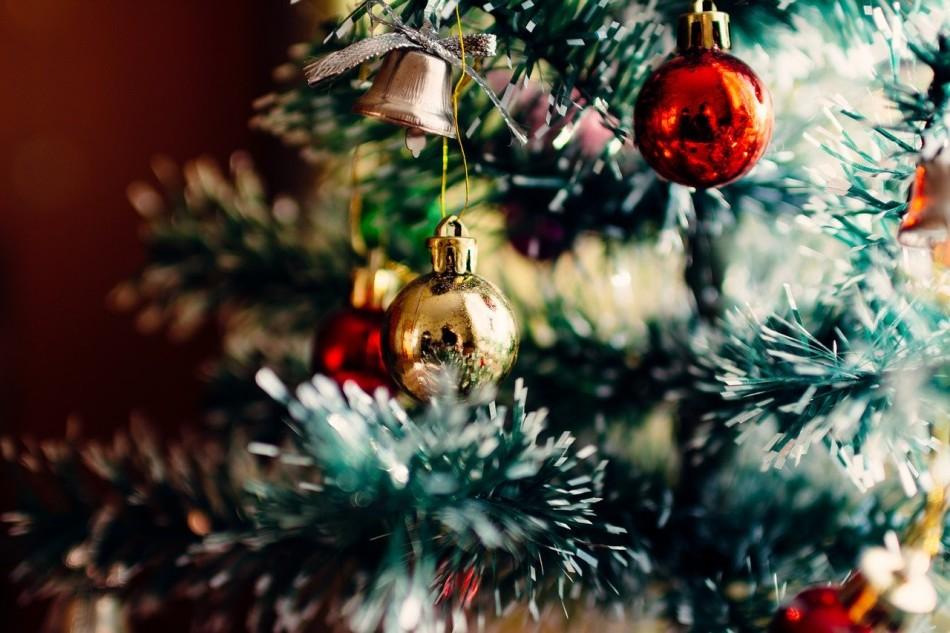According to the National Christmas Tree Association, almost 27.4 million real trees were used during Christmas in 2016. Of late, there has been a growing concern that having a Christmas tree is not a “green” activity. If you share such an opinion, you can put those worries to rest.
4 simple suggestions for your Christmas tree this year
1. Buying real trees
A large number of Christmas trees come from farms in Germany, the UK, and even China. If you are celebrating Christmas in the U.S., there is clearly no need to get the tree shipped all the way from a different continent. Look for local suppliers and source your Christmas tree from them. Make sure that they follow eco-friendly practices, like minimal use of herbicides and pesticides. If you cannot find such a supplier, consider taking matters into your own hands and cut down a nearby tree that would look great for Christmas. But do it only if you have a permit or permission from the landowner.

2. Rent a tree
If you are not too keen to buy a real Christmas tree but really want one for the occasion, think of renting. “Rented Christmas trees are living trees, so they absorb carbon dioxide and emit oxygen (which is great for air quality). Trees are grown locally throughout the year and are then potted with a root ball, which enables them to be returned and replanted for next year,” according to Eco Age. This is clearly better than buying a tree and then chopping it up or throwing it out after the holidays.
3. Alternative trees
Sometimes, cutting down a pine tree for use as a traditional Christmas tree may not be a good idea environmentally. For instance, people living in apartments could find it too difficult to care for a 6-foot tall pine tree inside their apartment and might choose to discard it after Christmas. As such, it is better to use alternative trees like Norfolk Island Pines. Though these are named pines, they “are not pines at all but trees native to the Norfolk Island, between New Zealand and New Caledonia. They look Christmassy but can continue living indoors or outside after the holidays are over,” according to Eco Warrior Princess. You can buy them as small potted plants, something much more suitable for an apartment.

4. Fake trees
Carbon Trust estimates that a 6-foot real Christmas tree that ends up in the bonfire leaves a carbon footprint of 3.5 kg of CO2. If it ends up in a landfill, the number climbs to 16 kg. However, both of these are still less when compared to fake, artificial trees that can have a carbon footprint of up to 40 kg of carbon dioxide. This might make you believe that fake trees are best avoided.
However, this is not the case. An artificial tree can be reused several times, some even last up to 20 years or more. As such, its overall carbon footprint can end up actually lower when compared to the total emissions of all the real trees that you buy every year. A better option is to make your own Christmas tree rather than buy one. You can use scrap paper, metal coat hangers, books, etc., items that would have ended up as garbage, to create a good-looking tree. For some inspiration, you can check this webpage that showcases Christmas trees made from things like pencils and pillows.








